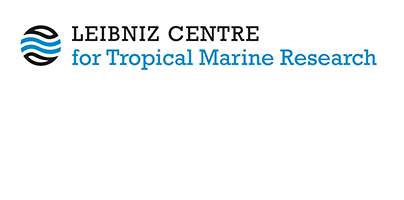Sustainable Blue Tourism in the Western Indian Ocean: Trends, Challenges, and Policy Pathways.
Kepher Gona, Judy, Baraka, Paul, Sciacca, Angelo, Balestracci, Giulia, Rambahiniaruson, Joshua and Atieno, Lucy  ORCID: https://orcid.org/0000-0002-5277-2147
(2024)
Sustainable Blue Tourism in the Western Indian Ocean: Trends, Challenges, and Policy Pathways.
, ed. by
Blue Tourism Initiative, .
, 34 pp.
ORCID: https://orcid.org/0000-0002-5277-2147
(2024)
Sustainable Blue Tourism in the Western Indian Ocean: Trends, Challenges, and Policy Pathways.
, ed. by
Blue Tourism Initiative, .
, 34 pp.
|
Text
Lucy Atieno.pdf - Published Version Available under License Creative Commons: Attribution 4.0. Download (18MB) |
Abstract
Executive Summary
This report reviews the state of play of blue tourism in the Western Indian Ocean (WIO), including trends, challenges, and its current policy and governance landscape. It proposes policy opportunities and potential directions to foster a more enabling environment for the sustainability of the sector. The 10 countries that make the vast WIO includes the nations of Madagascar, Kenya, Tanzania, South Africa, Comoros, Mozambique, Mauritius, Seychelles, Somalia and France, united by the ocean with diverse reliance on economic activities including agriculture, fisheries, tourism, heritage and mining. The role of the ocean to the WIO region and the African continent at large is significant. A report published by WWF in 2017, estimates that the Gross Annual Marine Product of the WIO is at least US$ 20.8 billion and the total ocean assets base is at US$ 333.8 billion. The same report also indicates that around 60 million people in the WIO live within 100km of the shoreline from where they draw their livelihoods. This charts the need for careful consideration of the impact of economic activities in these areas. Against this backdrop, a sustainable and inclusive blue economy could provide a more responsible approach to leverage opportunities provided by the ocean for economic growth, improved livelihoods and job creation, mindful of conservation and preservation of ocean resources.
The blue economy already generates nearly US$ 300 billion in Africa and supports 49 million jobs. Therefore, the sustainability, resilience and continuity of the blue economy sector is critical for a more sustainable future where economic sectors operate in sync with ocean and coastal natural resources as well as social and cultural capitals of communities living in coastal areas. As such, blue tourism, taking place in coastal and marine areas, plays an important role in driving a more sustainable blue economy. Coastal tourism accounts for 5% of global GDP and about 7% of employment. Coastal and marine tourism also constitutes the largest economic sector for most Small Island Developing States (SIDS) and many other coastal states. Current projection estimates that by 2030, coastal and marine tourism will represent the largest ocean economy sector, employing approximately 8.5 million people. Blue tourism has a similar relevance to the WIO. In Africa, blue tourism contributed US$ 80 billion representing 3.4% of GDP and 24 million jobs in 2018. The World Bank estimates by 2030, blue tourism in Africa will generate US$ 100 billion of the US$ 405 billion expected by the global blue economy, suggesting the economic potential of Africa’s blue tourism to drive Africa’s future economic growth, if aligned to sustainability.
| Document Type: | Report (Policy Brief) |
|---|---|
| Programme Area: | PA3 |
| Research affiliation: | Social Sciences > Deliberation, Valuation and Sustainability |
| Date Deposited: | 28 Mar 2025 13:46 |
| Last Modified: | 28 Mar 2025 13:46 |
| URI: | https://cris.leibniz-zmt.de/id/eprint/5639 |
Actions (login required)
 |
View Item |





 Tools
Tools Tools
Tools